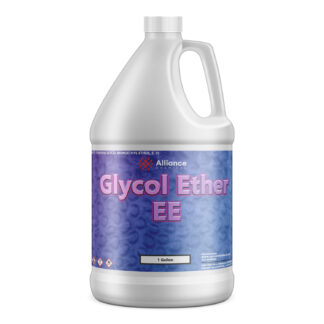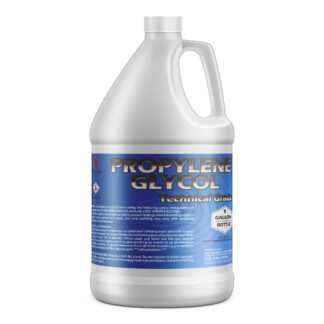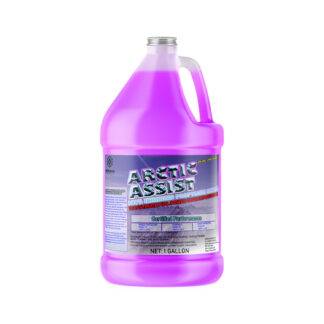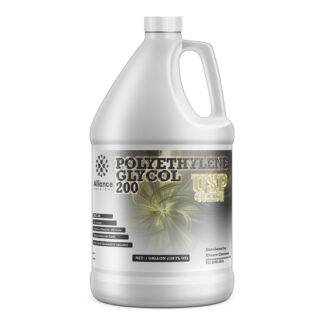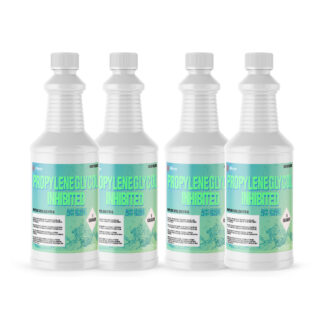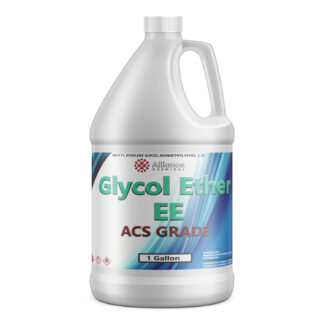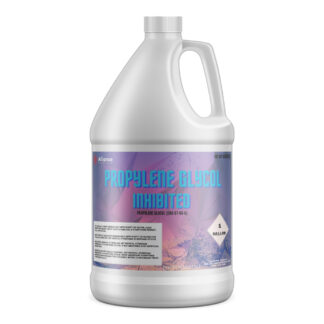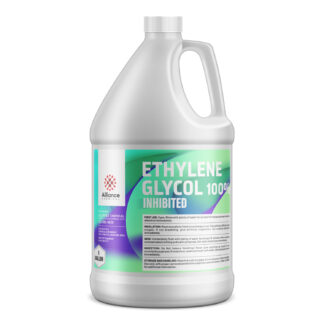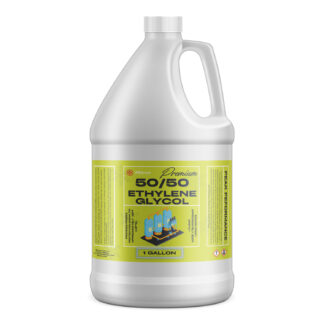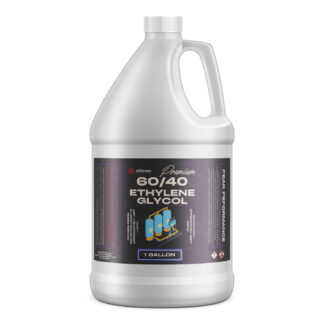Why is Candle Wax Removal Essential?
Beyond aesthetic motives, the removal of candle wax represents a bridge to sustainability and thoughtful reuse. Not only can clearing out old wax breathe new life into decorative containers, but it also heralds a step towards conscious consumption, thereby minimizing our ecological footprint and enhancing our environmental stewardship.
What solvents can you use to accomplish this?
Acetic Acid: The Unassuming Hero in Wax Removal
As outlined in the initial article sections (“The Art of Using Acetic Acid for Efficient Wax Cleaning,” “Choosing Acetone as an Alternative Solution,” “Revitalizing Candle Containers: An Exploration into Eco-Friendly Practices,” and the subsequent sub-sections), acetic acid, notably in the form of Acetic Acid Glacial from Alliance Chemicals, emerges as a potent, yet environmentally gentle approach to wax removal. This versatile agent, often familiarly seen in our kitchen cupboards, steps into an unexpected role, skillfully negotiating with stubborn wax and ensuring a clean slate for your candle containers, ready for their next chapter.
-
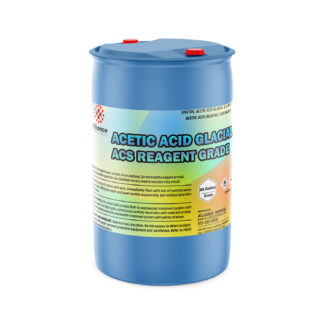 Acetic Acid Glacial 99% ACS Grade$27.00 – $8,100.00
Acetic Acid Glacial 99% ACS Grade$27.00 – $8,100.00 -
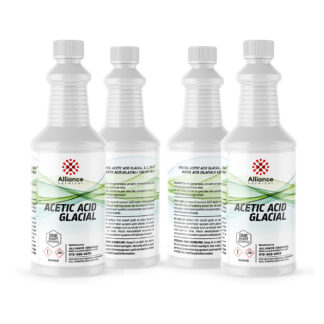 Acetic Acid Glacial Technical$25.00 – $6,075.00
Acetic Acid Glacial Technical$25.00 – $6,075.00
Acetone and Isopropyl Alcohol: Alternative Pathways to Pristine Surfaces
Venturing further, the application of alternative chemical solutions, such as Acetone Technical Grade and isopropyl alcohol 99%, offers varied approaches to wax removal, each wielding their own strengths against the stubbornness of residual wax. Acetone, with its potent solvent properties, provides a robust solution, effectively dissolving wax and rendering your candle containers ready for reuse.
Similarly, isopropyl alcohol 99%, widely recognized for its disinfecting properties, also becomes an ally in tackling wax residues, offering another avenue through which your containers can be revitalized and repurposed, ensuring not a fragment of their charm is lost to lingering wax.
The art and science of wax removal, whether from carpets, fabrics, drywalls, or within candle containers, weave together a narrative of care, sustainability, and a mindful approach towards the spaces and items with which we curate our surroundings. This guide, therefore, is not merely an exploration of techniques but an invitation to weave sustainability and care into the everyday tales of our lived spaces.
-
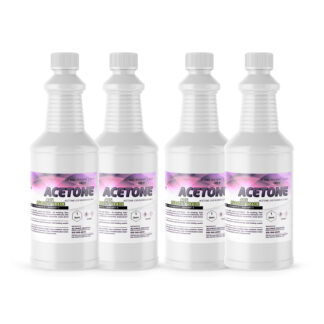 Acetone ACS Grade$36.00 – $4,500.00
Acetone ACS Grade$36.00 – $4,500.00 -
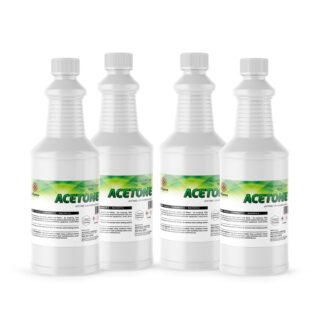 Acetone Technical Grade$30.00 – $3,900.00
Acetone Technical Grade$30.00 – $3,900.00 -
 Isopropyl Alcohol 99%$19.00 – $3,500.00
Isopropyl Alcohol 99%$19.00 – $3,500.00
The Art of Using Acetic Acid for Efficient Wax Cleaning
Embracing Acetic Acid Glacial from Alliance Chemicals is not just a choice but a commitment to an efficient and environmentally responsible wax removal method. Acetic acid, renowned for its cleaning capabilities, gently interacts with the wax, ensuring its smooth and complete removal from the container without compromising its integrity. The use of acetic acid not only assures a clean vessel but also guarantees a safe and eco-friendly approach to wax removal, ensuring that your beautiful containers can be repurposed in a myriad of creative and functional ways.
Choosing Acetone as an Alternative Solution
For those seeking alternative chemical solutions, Acetone Technical Grade stands as a potent and effective option for tackling stubborn wax. Acetone, with its formidable solvent properties, presents a viable alternative, dissolving wax and ensuring a clean, ready-to-reuse container while maintaining a respectful nod to ecological considerations.
Revitalizing Candle Containers: An Exploration into Eco-Friendly Practices
Revisiting used candle containers with a lens of sustainability opens a world of opportunities and explorations into mindful living. The act of removing wax and preparing these vessels for their next chapter enables us not only to diminish waste but also to weave a narrative of sustainability, creativity, and responsibility into our everyday practices.
Envisioning a Positive Environmental Impact
Every effort toward reusing and recycling inherently contributes to a collective positive impact on our environment. By choosing to responsibly clear and repurpose candle containers, we engage in a tangible practice of sustainability, mitigating waste and reducing the demand for new materials, while also crafting a tale of conscious living and responsible consumption.
Imagination Meets Practicality: The New Life of Your Containers
The transformation of a cleanly emptied candle container is bound only by the limits of our imagination. From a meticulously organized storage unit to a blooming vessel for your cherished plants, these repurposed containers marry practicality and creativity, forming a symphony of functionality and sustainable living.
The Unspoken Joy Embedded in Sustainable Choices
To repurpose a candle container is to journey through an unspoken joy, derived from the knowledge that we have elegantly married aesthetic appreciation and environmental consideration. Each reused vessel becomes a symbol of our commitment to sustainability, whispering stories of mindful choices and conscious living within the walls of our cherished spaces.
Acetic Acid: Unveiling the Secret Weapon in Your Pantry
Ladies and gentlemen, welcome to the main event.
In this corner, a champion undefeated, current world champion weighing at approx. 60.05 molecular mass it is, Acetic Acid! *hoots and hollers*
Emerging not from the clandestine corners of a chemical lab, but rather, a familiar friend often spotted amidst the condiments in our kitchens. Yes, this pivotal wax-removal agent might be wearing a covert disguise as your humble vinegar, yet when it dons its concentrated form as acetic acid, it takes center stage as an eco-warrior in your wax removal endeavors. Think of it as the muscly heavyweight undefeated in the boxing ring. The alter-ego of your salad dressing staple, trading its mild manners for a potent punch against stubborn wax, all while maintaining an unwavering loyalty to Mother Earth. So, as we harness the might of acetic acid, we’re not only bidding farewell to unwelcome wax but also crafting a narrative where our eco-conscious choices are seasoned with a dash of unexpected adventure and a sprinkle of culinary whimsy.
A Step-by-Step Guide on How to Remove Wax from their Containers!
We often associate acetic acid, particularly in its diluted form (which we sell, link below), with kitchen and household cleaning tasks. However, its potential transcends these applications, venturing into realms like managing weeds, and reducing static cling in your laundry to name a few. The epitome of Versatile. Acetic acid has a reputation for being effective against a plethora of stains, build-ups, and residues, including stubborn candle wax. Moreover, using a substance like Acetic Acid Glacial 99% ACS, ensures you’re applying a potent and reliable chemical for your cleaning purposes.
How to Use Acetic Acid to Clean Candle Wax!
Please, prioritize safety during the application of this acid, considering its concentration and ensuring a well-ventilated space. Follow this guide to unravel a safe and effective method of wax removal from your cherished candle containers:
- Protection First: It is suggested to always wear protective gloves and ensure that your working area is well-ventilated, preferably outdoors or in a space with ample airflow.
- Dilution is Key: While Acetic Acid Glacial 99% ACS is robust and highly concentrated, it’s pivotal to dilute it appropriately for safe usage. A ratio of one part acetic acid to ten parts water is typically efficient for cleaning without posing risks to surfaces or skin.
- Application: Apply the diluted acetic acid to the wax residue within the container. You might use a spray bottle for an even and safe application or gently pour it into the container, ensuring all wax-coated areas are adequately soaked.
- Let it Sit: Allow the acetic acid solution to sit for at least 15-20 minutes. For more stubborn wax or more intricate container designs, a soaking duration of up to an hour may be beneficial.
- Scrubbing Time: With a non-abrasive scrubbing pad or a soft brush, gently work away at the loosened wax. For tighter corners or more intricate designs, consider utilizing a soft toothbrush.
- Rinse and Repeat: After scrubbing, rinse the container thoroughly with warm water. If any wax residue persists, repeat the process until the container is immaculately clean.
- Careful Drying: Allow the container to air-dry completely, or gently pat it dry with a clean, soft cloth, ensuring no water spots or streaks remain.
And voilà! Your container is now devoid of wax and ready for a new purpose, whether that be a quaint storage option, a decorative piece, or a new home for a lush plant. It’s a simple, eco-friendly practice that not only supports sustainability but also allows you to retain the aesthetic charm of unique candle containers.
Exploring Acetone for Candle Wax Cleaning…
Acetone, renowned for its solvent properties, provides an alternative route to wrestle with persistent candle wax. Acetone is famed in various industries for its ability to dissolve and clean residues, coatings, and adhesives. This powerful solvent can be a formidable ally in your wax removal endeavors, enabling a smooth, residue-free surface on your candle containers, paving the way for subsequent repurposing and reuse.
Navigating Wax Removal with Acetone
While acetic acid showcases its strength and reliability in certain cleaning scenarios, acetone steps into the spotlight, offering a slightly different yet highly effective approach to wax removal. Understanding its potent solvent properties allows you to harness acetone’s cleaning capabilities proficiently, ensuring a safe and thorough cleanse of your containers, thereby preserving their beauty and utility for future use.
Warning
The conscientious application of chemicals like acetic acid and acetone, with a dedicated approach towards safety and thoroughness, unveils a pathway to retain and repurpose our cherished containers. Not only does this champion a message of sustainability and environmental consciousness, but it also preserves the aesthetic and sentimental value encapsulated within our collected candle containers. However, it should be noted to never keep acetone or acetic acid anywhere near a lit candle wick as it is highly flammable. Even if there is a trace of residue on your hands and you accidentally use a lighter to burn the wick, you just might burn yourself instead of having a cute ambiance with a lit candle!




